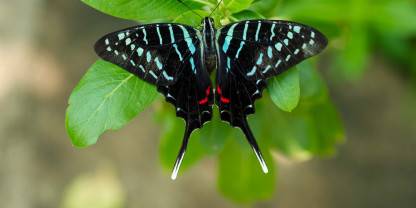Arabuko Sokoke Forest Reserve supports many interesting large mammal species but seeing them is challenging. On the front, it is home to around 300 and 200 , as well as a few secretive . Images of (presumably wanderers from nearby Tsavo East National Park) have been captured on camera trap. Antelope include , and , while the most common primates are and .
Wildlife Highlights
Arabuko Sokoke is home to three or small mammals. The Endangered is a shy endemic that might be glimpsed on guided walks before it makes a mad dash into the undergrowth. The more difficult-to-see Sokoke dog mongoose and are both listed as Vulnerable and otherwise only known from a couple of sites in Tanzania. Butterflies are plentiful, and the checklist of 280 species includes four that are found nowhere else in the world.
Best Time for Wildlife Viewing
Arabuko Sokoke can be visited year-round, but heavy rains might interfere with drives and forest hikes. There is rain along the coast throughout the year, but the wettest months are November (the peak of the short rains) and April and May (the long rains).
















 View Photos (3)
View Photos (3)
 +3
Photos
+3
Photos